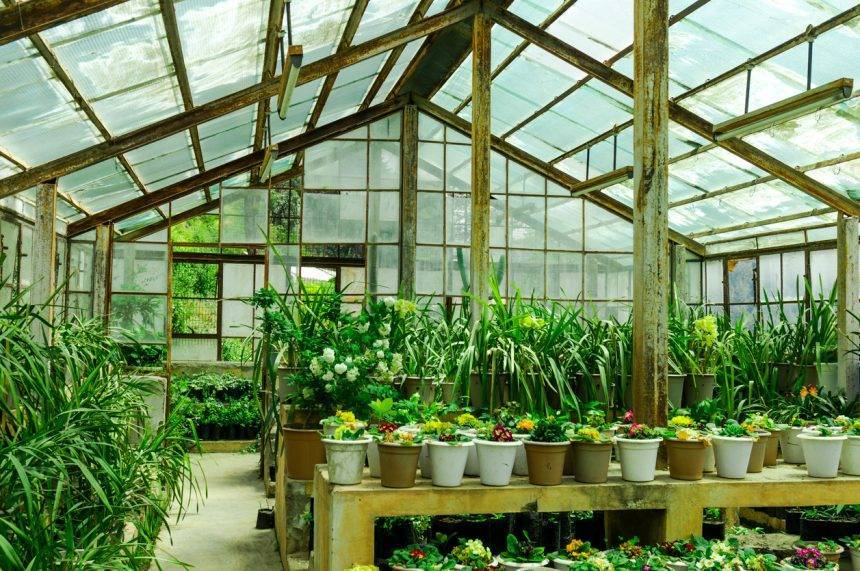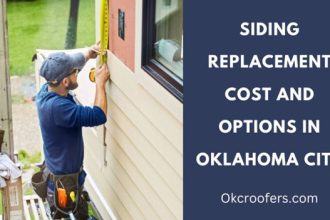Why spend money on a gorgeous plant if you’ll only get to enjoy it for a short period? With each new season comes a new temperature. It just takes one day of cold to kill off a plant that has been given proper care. Many individuals waste hundreds of dollars a year on plants they can’t maintain alive due to fluctuating temperatures.
These unfortunate outcomes, however, are avoided by greenhouse owners. You and your plants may reap numerous rewards from greenhouse ownership. As a gardener, you know how critical the right amount of heat, light, and moisture is for your plants to thrive. Your plants will die if you don’t provide them with those three things.
Fortunately, greenhouses can give your plants all they need, even in the harshest environments. Here are the excellent reasons for investing in greenhouse:
- Lifespan. A greenhouse protects your plants from the chilly winter. Greenhouses protect plants from excessive heat and cold, which may kill them. You save money by not buying many plants annually.
- They make your house or yard beautiful. Nothing like walking into someone’s driveway and seeing a greenhouse full of thriving plants. Greenhouses can transform any yard. They’re a visual delight.
- Saving energy. You know what you’re utilizing, and don’t waste it. When you possess a greenhouse, you can provide your plants with nutrients, water, and sunlight.
- Greening. Going green benefits your environment. More plants improve the environment. You’ll notice fresher air and a clean, crisp fragrance.
- Relaxation space. A greenhouse provides a place to relax. The appearance, feel, and smell of the plants in your greenhouse are so magnificent that you forget your concerns.
Before Buying Greenhouse
Congratulations on your choice to buy a mini greenhouse! Growing plants in a greenhouse can be a relaxing and fulfilling pastime in the right conditions. However, before making such a significant investment, there are several concerns you should ask yourself. This page serves as a greenhouse purchasing guide to simplify searching for a suitable greenhouse.
You need to set a spending limit first. Greenhouses may be found at a large variety of prices. A tiny indoor unit for usage on a tabletop or shelf may be purchased for as low as $60 with certain systems. Is there anything specific you’d want to have in your greenhouse? When utilized outside, most greenhouses need a layer of shade cloth to keep plants alive and thriving during the scorching summer months.
When it comes to cooling a more enormous greenhouse, cooling fans are another viable alternative. There are greenhouse kits available that include a fan system, or you may purchase one separately. Some greenhouse models additionally have automatic venting systems. Attached to the greenhouse’s windows or roof vents, these pneumatic devices release air when the inside temperature hits a certain threshold.
How will you anchor a greenhouse that can be moved around easily after you’ve purchased it? Temporary greenhouses may be purchased with an anchoring mechanism to keep them in place during light wind gusts. Those who reside in areas prone to severe weather may consider purchasing extra stakes or anchors.
Have you given any thought to the prospect of eventually enlarging your greenhouse? If so, you should search for a home with plenty of room for expansion down the road. Outside zippers on specific portable greenhouses make it possible to join many greenhouses together. This may be an excellent alternative if you’re trying to save money.
Correct Way Of Buying Greenhouse
A greenhouse purchase might rank third in substantial lifetime expenditures, behind your primary residence and vehicle. Your greenhouse is an investment that will likely last the rest of your life, so it’s essential to give it the same amount of thought as you would a house. Carefully consider your needs and preferences, and then choose a greenhouse accordingly.
The standard size for a greenhouse used by hobbyists is 120 square feet. However, you may get greenhouses in various other sizes and shapes. You must first determine the greenhouse’s function. You may cultivate multiple plants in a greenhouse, including flowers and edibles. Flower gardens take up far less room than growing fruit and vegetables.
Getting Started With Greenhouse
It’s tempting to consider the possibility of purchasing a greenhouse. You could imagine a little Earth where the weather, seasons, and climate don’t play any role. Maybe you’re picturing flowers blossoming in the dead of winter or veggies ready to harvest year-round. Once inside, you’ll be able to relax and unwind in silence, far from the chaos of the outside world.
Greenhouses used to be considered a luxury purchase, but times have changed. The cost and complexity of greenhouses have decreased to the point that anybody with a backyard can afford to have one, whether it be a little portable greenhouse or a huge, fully functional one. Countless households and communities throughout the globe make use of greenhouses as a source of recreational and/or agricultural space.
You should already have some firm ideas about some details even at this early level of preparation. Choose a good spot for your greenhouse before you purchase or construct it. Unless you’re planning on using a little portable greenhouse, you should put a lot of thought into where you’ll put it. Pick a location that gets the most sunshine, unobstructed by buildings, trees, or walls.
A minimum of six hours of sunlight every day is required. A location without any overhead shadow from the north or east is ideal. Because a greater area faces the sun, the amount of sunlight received increases by 25% when facing east to west instead of north to south. When deciding on a place to live, this is an important consideration.
The ideal location for a greenhouse is a flat or easily-leveled surface. A site that gets run-off from precipitation or snowmelt is unsuitable since the soil must be well-drained. You should also ensure that you have quick and simple access to water and electricity. It may be time-consuming and costly to run utilities across great distances.
Think also about proximity to the house. You probably won’t feel like taking a long stroll in bad weather. Assuming you have settled on a few requirements for your greenhouse, the following step is to choose a design. Will it be a standalone structure, or will it be joined to an existing building?














